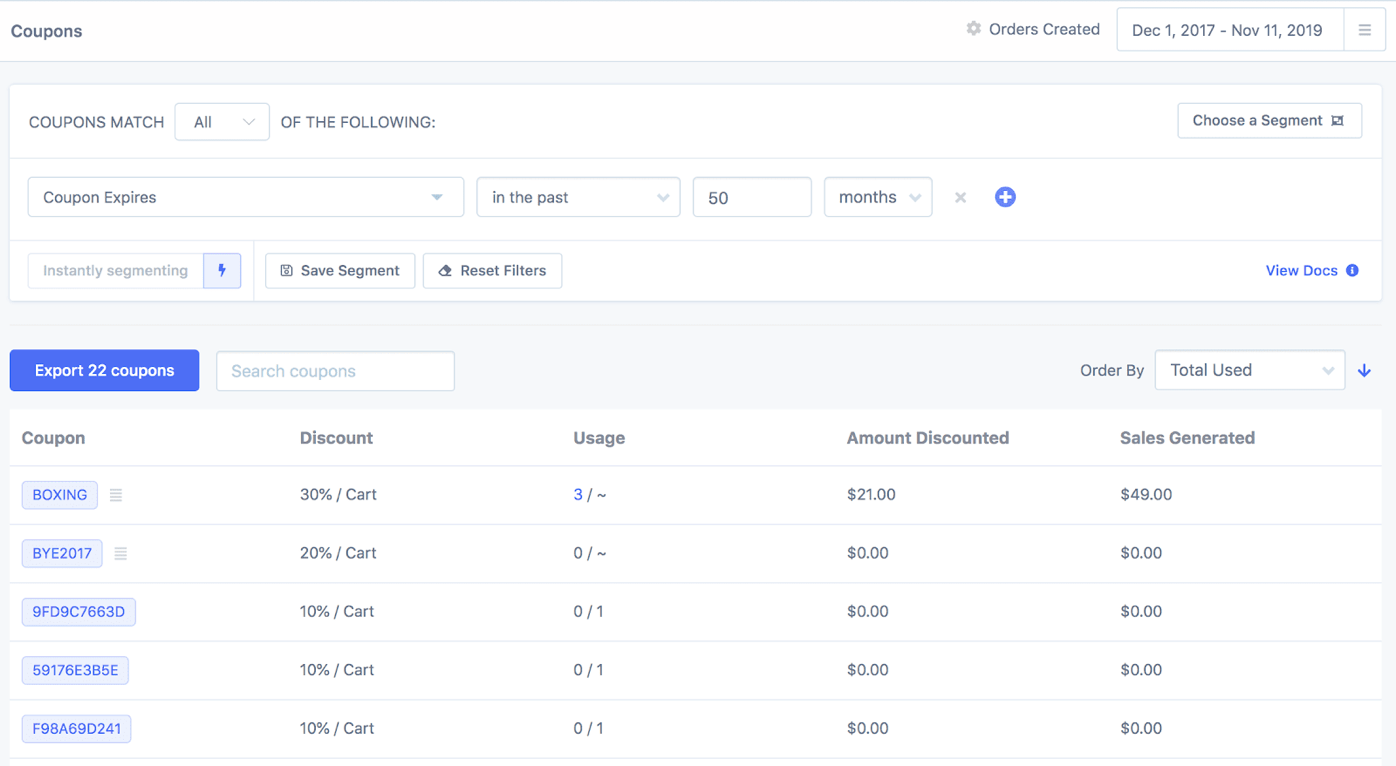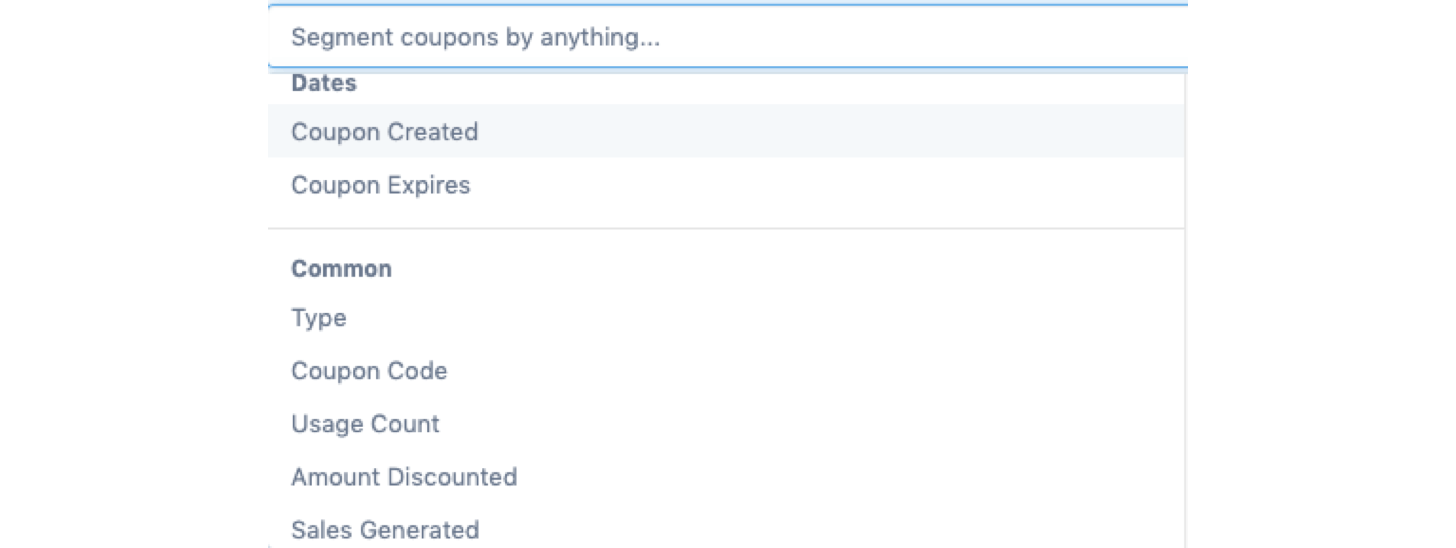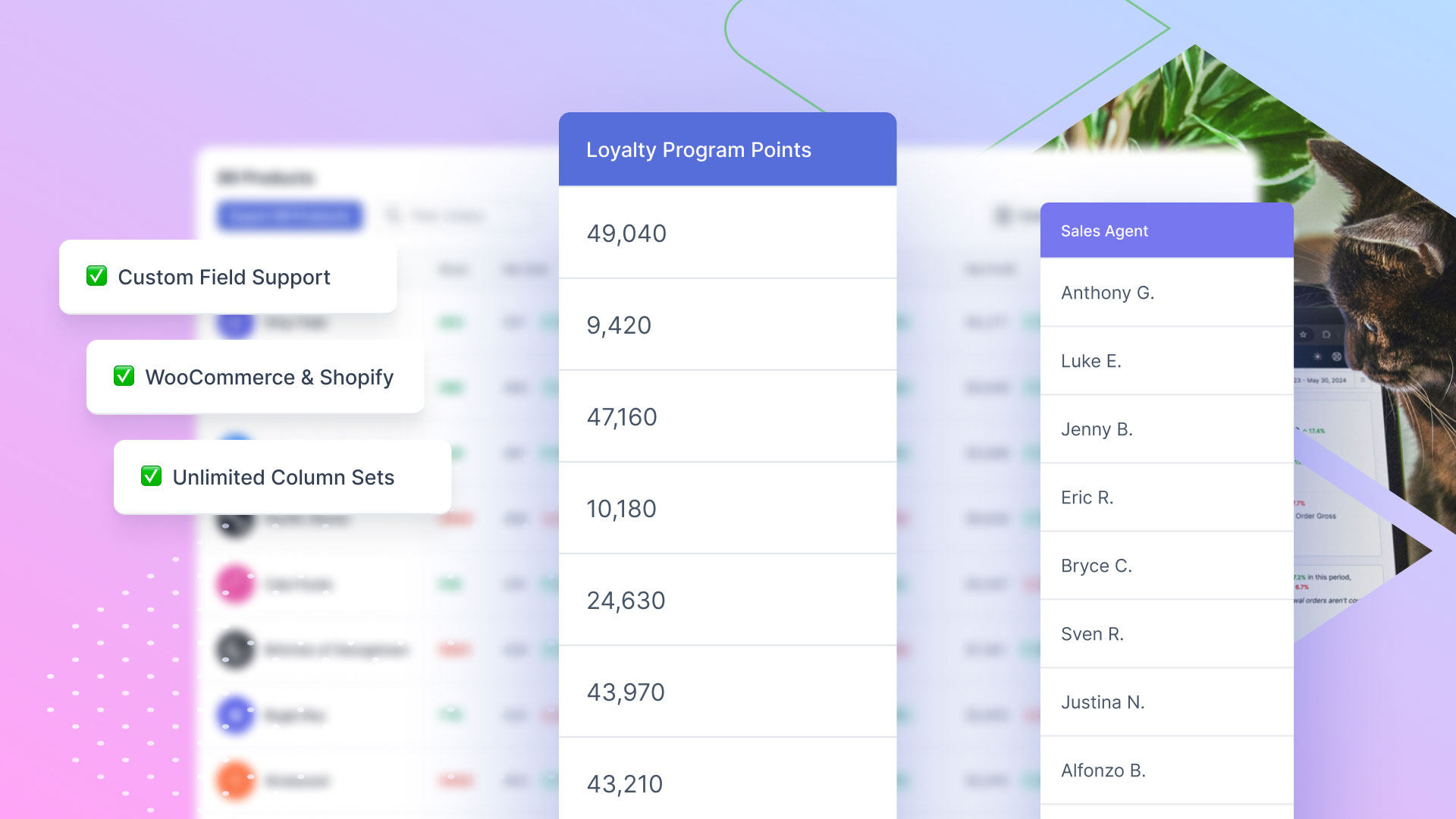If you have ever taken some sort of business management class, you have probably heard the term ‘project management’ thrown around. I’ll be frank with you — I’ve never taken any of those classes.
Instead, I did what any time-poor person who doesn’t have time for another college degree would do, I Googled ‘project management’. What I learned is that project management involves a few different steps:
Initiation - Defining the project
Planning - Developing a roadmap
Execution - Completing the project
Closure - Finishing the project and evaluating.
And that makes perfect sense. When you embark on any project, whether it’s business-related or personal, you are going to run through a similar process. For example, when you’re cooking a meal:
Initiation - Deciding on the food you feel like eating.
Planning - Finding a recipe and buying the ingredients.
Execution - Cooking the meal.
Closure - Eating and hopefully enjoying the meal.
But it’s this last step, closure, that I think could be the most important step in the whole process. As closure also involves evaluation. And without evaluation, you don’t know whether you succeeded, or how you could improve next time.
In the example of cooking a meal, evaluation comes in the form of either enjoying or disliking the meal. Was is flavourful? Was is undercooked? Did I add too much salt?
All these questions that automatically fire in your mind while eating the meal are instrumental in understanding whether the dish was a success, and how it could be improved next time.
So what do project management and cooking have to do with coupon codes?
That’s a great question.
The reason I have harped on so much about project management is because I think it’s a great framework for evaluating eCommerce sales campaigns. Because after all, a sales campaign is just another type of project.
Let’s have a look at Pet Light as an example eCommerce store. Pet Light might want to drive sales over Christmas by offering a 50% off sale. So using the project management framework:
Initiation - Offering a 50% off sale to customers to drive sales over Christmas.
Planning - How are we going to offer and market the discount? Create a generic coupon and advertise it using social media ads.
Execution - Create the coupon code, create content around the code and post on social.
Closure - ???
So what do closure and evaluation look like in this case? For a lot of eCommerce stores, this is the part that is either completely ignored, done in a mediocre manner or quite complex and time-consuming.
The store that does nothing would simply cross their fingers, hope the sales roll in, and regardless of what happens, most likely use the exact same tactic next year.
The store that evaluates their performance in a mediocre manner would look at the total sales generated by that coupon, and see if it actually made a difference to their bottom line.
The store that evaluates their performance in a complex and time-consuming way most likely has a big team of data-nerds, who are able to drill deep into the sales data and make some great evaluations. Unfortunately, the majority of eCommerce sites simply don’t have the time or resources to invest in something like this.
So then, how does Pet Light go about evaluating the success of their Christmas sale in an in-depth manner that isn’t too time-consuming?
Metorik’s Coupon Segmenting System
So here’s the problem, coupon codes are so widely used and effective — but actually evaluating their success is almost impossible in WooCommere. This is all the information you are given:

This is really just a list of all the coupons and if they have been used or not. Not really helpful in evaluating whether a coupon is successful or not.
Shopify offers a better experience offering more information like gross sales and total discounted per code. In addition, you can also add filters to segment for specific codes.
Metorik offers a similar experience to Shopify by allowing you to segment your coupon codes with a number of different filters.


However, Metorik has one little trick up its sleeve to take your coupon analysis to the next level...
Enter Metorik’s Individual Coupon Page
I like to think of our individual coupon pages as the ‘mission control centre’ for your marketing campaigns. A place where:
During a sales campaign, you can quickly see its progress.
After a sales campaign, you can evaluate how it went.
During Pet Light’s Christmas sale, we would probably want to easily see how many coupons have been used since we launched. We have a chart which plots coupon usage over time:

So rather than sitting there twiddling your thumbs and wondering whether you are actually making sales, you can see your sales in real-time in hour-by-hour granularity.
So what about after our sale ends?
Our coupon mission control centre can also help us breakdown our coupon usage even further. Pet Light’s Christmas sale was targeted to Australian customers:

But we can break this down even further, for example by state:

A key goal for this sale is that we wanted at least one order from Victoria. We can see from the data that we didn’t hit that goal. And while that is disappointing for this year's sale, we use the data to ensure we hit the target during next year's sale. For example, we could ensure that a larger ad budget is allocated to target people in Victoria.
We can also look at coupon usage by-product:

We stock green collars as well (which we have too much stock of). We were hoping to sell a lot of those during this sale — but sold none. For next years sale, we might link directly to the green collar product variation in our social media ads to try push sales of that variation.
Wrapping it up
A coupon code is what Michael Scott would call a win-win-win:
Your customer gets a discount on their purchase.
You generate more sales.
You can also track your specific marketing campaigns in-depth, which can help you evaluate the success of your project.
If you spend just a little more time on that last closure step of the project management process, I think you will see some big gains in all your eCommerce sales campaigns.

-1549438730.jpg)




